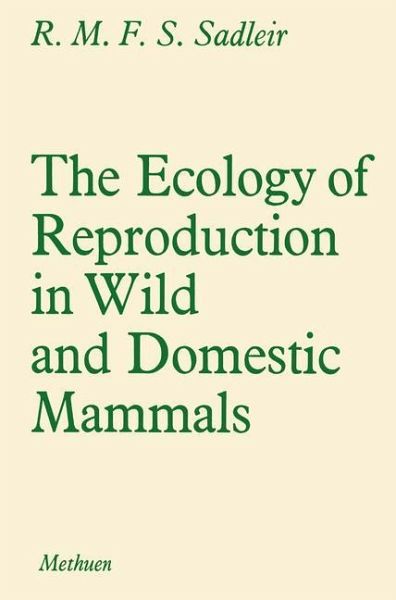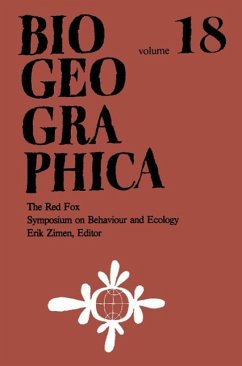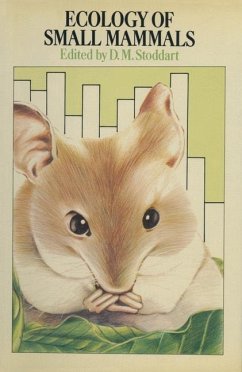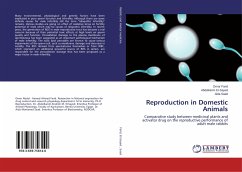
The Ecology of Reproduction in Wild and Domestic Mammals

PAYBACK Punkte
20 °P sammeln!
49 about six months ... to well over a year. If there is only one part of the year that is favourable, such as spring and early summer in the temperate climates, then each species must make an evolutionary choice, so to speak, as to which parts of the reproductive cycle - conception, gestation, lactation or weanin- must be protected and which can come in less favourable times of the year. The rhesus and langur monkeys of northern India give birth during the time of year when temperatures are hottest and wells and tanks are often dry. However, gestation and the later months oflactation come dur...
49 about six months ... to well over a year. If there is only one part of the year that is favourable, such as spring and early summer in the temperate climates, then each species must make an evolutionary choice, so to speak, as to which parts of the reproductive cycle - conception, gestation, lactation or weanin- must be protected and which can come in less favourable times of the year. The rhesus and langur monkeys of northern India give birth during the time of year when temperatures are hottest and wells and tanks are often dry. However, gestation and the later months oflactation come during the monsoon season when food and water are abundant. In contrast the east African baboons give birth at the beginning of the small rains, and gestation and the late part of lactation occur during the six months dry season. Whether any pattern of relationship will be found to hold true for other species of primates is still not clear. It may be that a wide variety of patterns have evolveddepending on the lengths of gestation and lactation and the particular ecological complex in which each species or even subspecies lives' (pages 503, 504).














